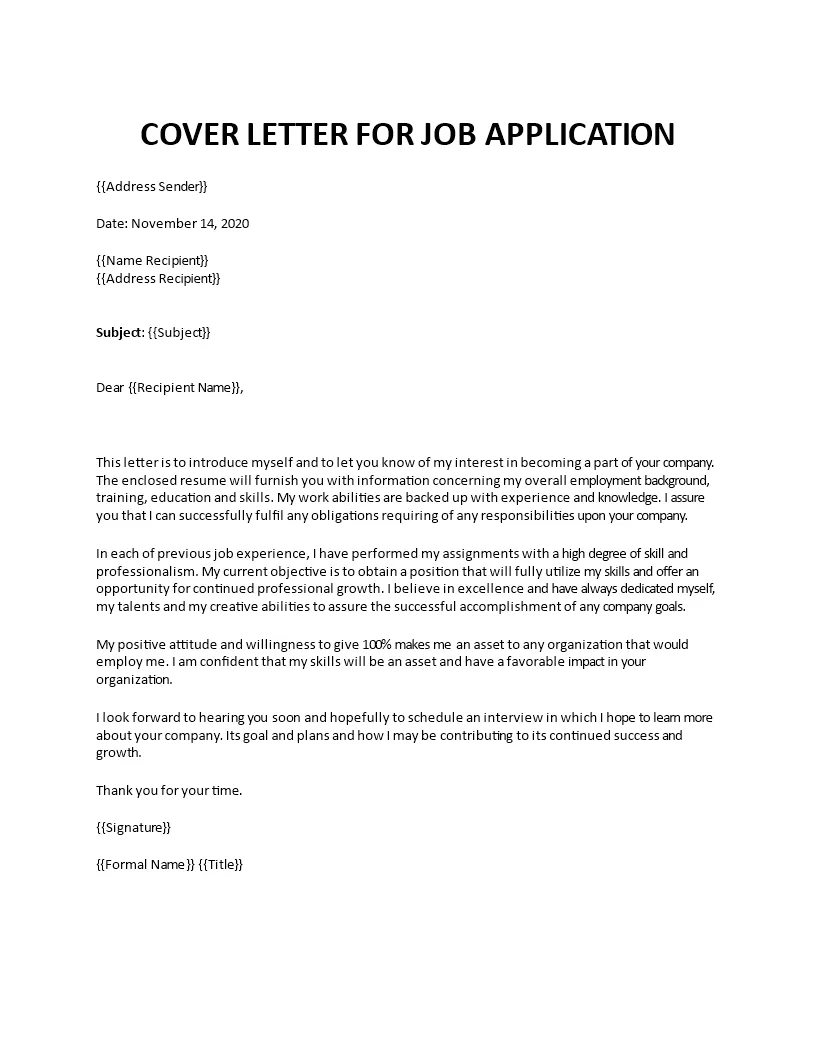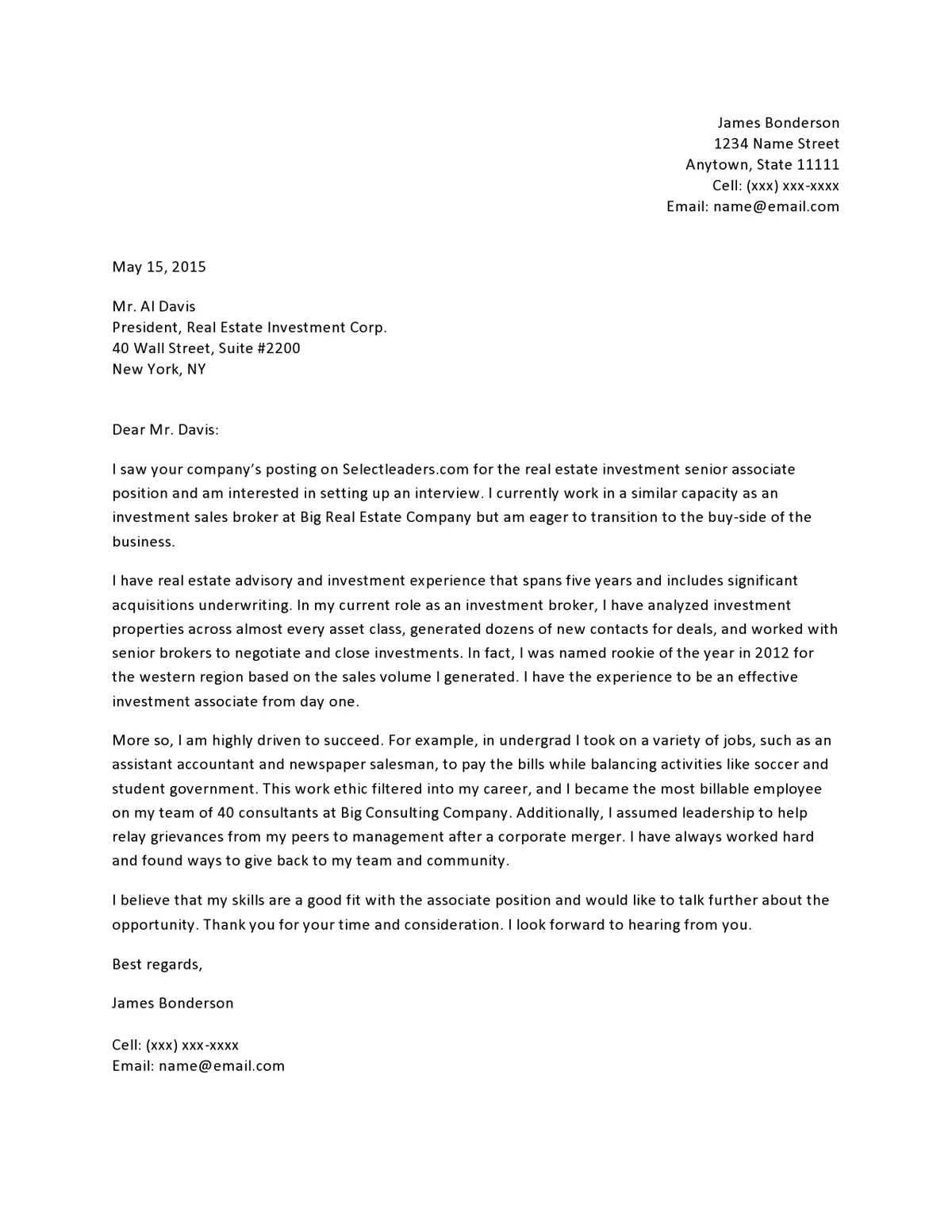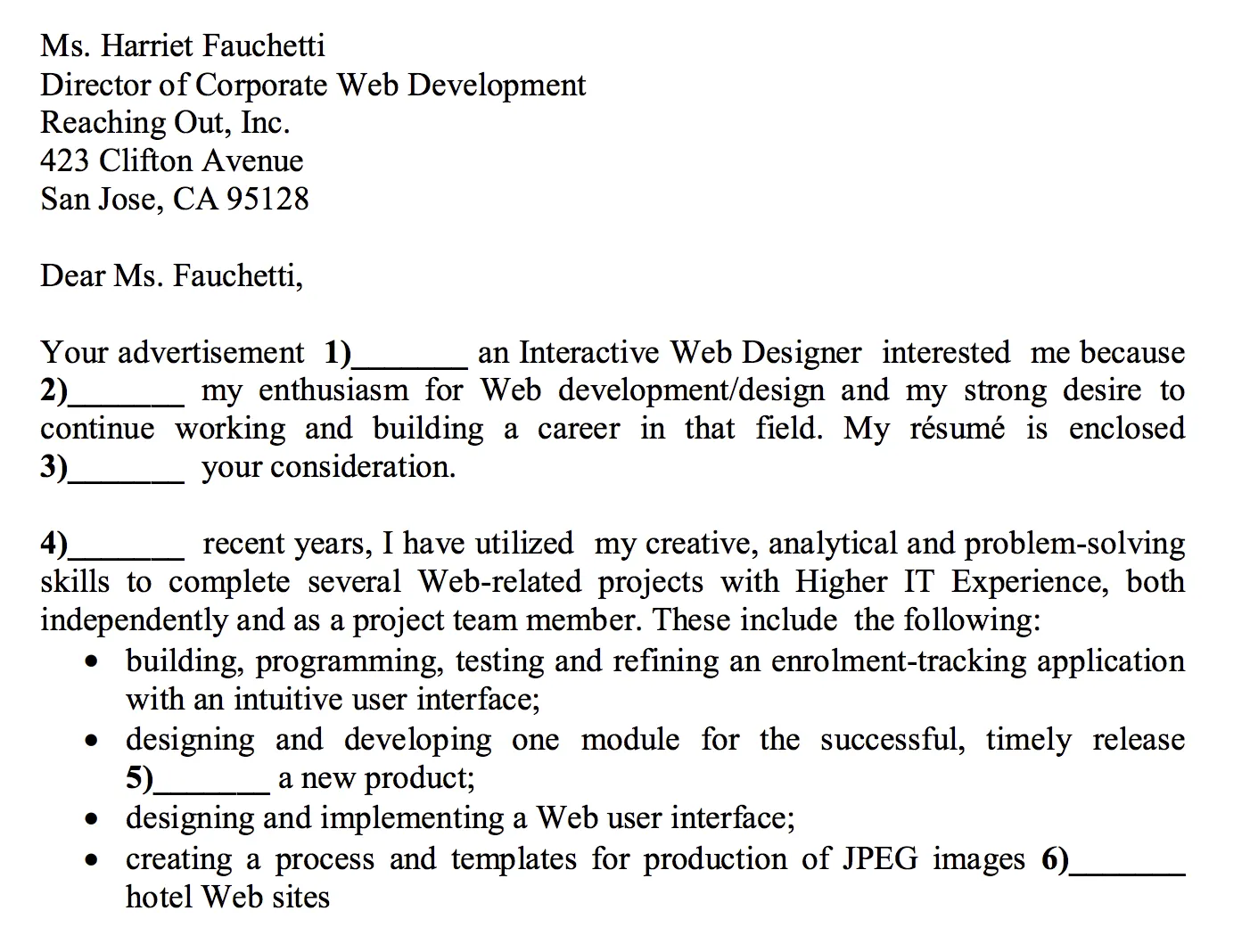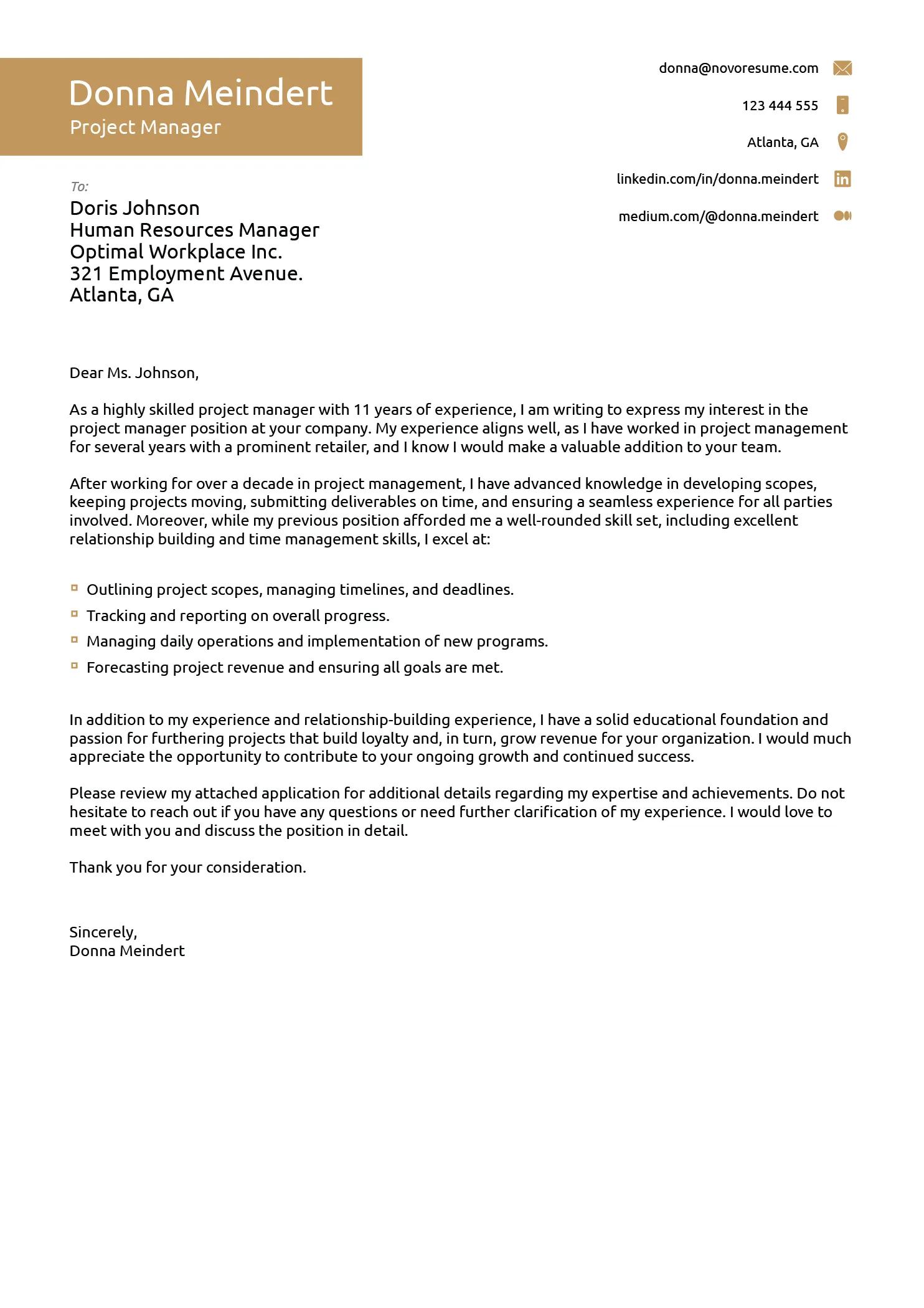What is a Cover Letter?
A cover letter is a crucial document that accompanies your resume when applying for a job. It serves as an introduction, allowing you to highlight your qualifications, express your interest in the position, and demonstrate how your skills and experiences align with the employer’s needs. Think of it as your personal sales pitch, giving you the opportunity to make a strong first impression and convince the hiring manager to read your resume in detail. It’s your chance to showcase your personality, writing skills, and enthusiasm for the role, making you stand out from other applicants. A well-crafted cover letter can significantly increase your chances of getting an interview, ultimately leading to your dream job. Remember, it’s not just a formality; it’s a powerful tool to get noticed.
The Importance of a Cover Letter
In today’s competitive job market, a cover letter can be the deciding factor in whether your application is considered. While your resume provides a summary of your qualifications, a cover letter allows you to elaborate on your experiences, explain your motivations, and connect the dots between your skills and the job requirements. It provides context and depth to your application, giving the hiring manager a better understanding of who you are and what you can bring to the table. Moreover, a well-written cover letter demonstrates your communication skills, attention to detail, and genuine interest in the company and the role. It allows you to personalize your application, showing that you’ve taken the time to research the company and understand their needs. For many employers, a cover letter is a non-negotiable requirement, and failing to include one can automatically disqualify you from consideration.
Key Components to Cover Letter Writing

A compelling cover letter should include several key components. Begin with a professional header that includes your contact information and the date, followed by the hiring manager’s name and title, if possible. Start with a strong opening paragraph that captures the reader’s attention, stating the position you’re applying for and expressing your enthusiasm. The body of your letter should highlight your relevant skills and experiences, providing specific examples to demonstrate your accomplishments and how they align with the job requirements. This is where you can showcase your problem-solving abilities, leadership skills, or any other relevant competencies. Conclude with a call to action, reiterating your interest in the role and expressing your availability for an interview. Proofread the entire letter meticulously for any grammatical errors or typos. Consider incorporating keywords from the job description to increase your chances of getting past applicant tracking systems (ATS). Make sure the letter’s tone is professional and engaging.
Formatting Your Cover Letter
The formatting of your cover letter is just as important as its content. Use a clean, easy-to-read font, such as Arial or Times New Roman, with a font size between 10 and 12 points. Maintain consistent formatting throughout the document, including margins, line spacing, and paragraph alignment. Use single or 1.15 line spacing to make the text easier to read and avoid a dense appearance. Keep paragraphs concise, ideally no more than five to six sentences each, and use bullet points to highlight key accomplishments or skills. Ensure that your letter is well-organized, with clear headings and subheadings to guide the reader. If you’re sending the letter electronically, save it as a PDF file to preserve the formatting and prevent any compatibility issues. The goal is to create a visually appealing document that is easy to navigate and demonstrates your attention to detail.
Cover Letter Writing Tips
Writing a successful cover letter involves more than just listing your skills and experiences; it’s about telling a compelling story. Start by researching the company and the specific role, understanding their values, mission, and what they’re looking for in a candidate. Tailor your letter to each job application, highlighting the skills and experiences that are most relevant to the position. Use action verbs to describe your accomplishments and quantify your results whenever possible. For example, instead of saying ‘Managed a team,’ say ‘Managed a team of 10 employees, increasing productivity by 15%.’ Showcase your personality and enthusiasm for the role, letting your passion shine through. Proofread your letter carefully, checking for any grammatical errors, typos, or inconsistencies. Get feedback from a trusted friend, mentor, or career counselor to ensure your letter is polished and effective.
Highlight Your Skills and Achievements

Your cover letter is the perfect opportunity to showcase your most impressive skills and achievements. Don’t just list your skills; provide specific examples of how you’ve used them to achieve positive results. Quantify your accomplishments whenever possible, using numbers and data to demonstrate your impact. For example, instead of saying ‘Increased sales,’ say ‘Increased sales by 20% in the first quarter.’ Focus on the skills and experiences that are most relevant to the job description, highlighting how your abilities align with the employer’s needs. Use keywords from the job posting to demonstrate that you’ve read the requirements and understand what the company is looking for. Use the STAR method (Situation, Task, Action, Result) to describe your experiences, providing context, outlining the challenge, describing your actions, and highlighting the outcomes. Ensure that your skills and achievements are presented in a clear, concise, and engaging manner, demonstrating your value to the potential employer.
Tailor Your Letter to Each Job
One of the most crucial tips for cover letter writing is to tailor each letter to the specific job you’re applying for. Avoid using a generic template; instead, customize your letter to reflect the unique requirements of each position and the specific needs of the company. Carefully review the job description, identifying the key skills, experiences, and qualifications that the employer is seeking. Then, highlight the relevant aspects of your background, providing examples of how your skills and experiences align with the job requirements. Research the company’s mission, values, and culture, and demonstrate how your goals and aspirations align with theirs. Use keywords from the job posting to show that you’ve read the requirements and understand what the company is looking for. By tailoring your letter, you demonstrate your genuine interest in the role and your understanding of the company’s needs, increasing your chances of making a strong impression.
Proofread and Edit Meticulously
Before submitting your cover letter, proofread it meticulously to ensure it’s free of any errors. Grammatical errors, typos, and spelling mistakes can create a negative impression and undermine your credibility. Read your letter carefully, checking for any inconsistencies in formatting, sentence structure, or tone. Use a grammar checker to identify any potential errors that you might have missed. It’s also helpful to have a friend, family member, or career counselor review your letter and provide feedback. A fresh pair of eyes can often catch errors that you might overlook. Pay close attention to detail, ensuring that your contact information is accurate, the date is correct, and the letter is addressed to the correct person. Proofreading is an essential step in the cover letter writing process, demonstrating your attention to detail and professionalism.
Follow Up After Submission

After submitting your cover letter and resume, it’s essential to follow up with the hiring manager. This demonstrates your continued interest in the position and allows you to reiterate your qualifications. Send a brief email or make a phone call, typically within a week or two of submitting your application. In your follow-up, thank the hiring manager for their time and consideration, and reiterate your interest in the role. Briefly mention a key skill or experience that aligns with the job requirements, reminding the hiring manager of your value. Ask about the status of your application and inquire about the timeline for the hiring process. Maintain a professional and courteous tone throughout your communication. Following up demonstrates your proactive approach and can help you stay top-of-mind throughout the hiring process. However, be mindful not to overdo it; a single follow-up is usually sufficient.
Common Cover Letter Mistakes to Avoid
Several common mistakes can undermine your cover letter and reduce your chances of getting an interview. Avoid using a generic template that’s not tailored to the specific job or company. Don’t simply restate your resume; use the cover letter to elaborate on your skills and experiences, providing specific examples. Avoid grammatical errors, typos, and spelling mistakes, which can create a negative impression. Don’t be overly wordy or use jargon that the hiring manager might not understand; keep your language clear, concise, and easy to read. Avoid negative language or complaining about previous employers; instead, focus on your positive qualities and achievements. Don’t include irrelevant information or personal details that are not related to the job. Avoid being overly formal or using clichéd phrases. Finally, don’t forget to proofread your letter carefully before submitting it. Avoiding these common mistakes will significantly improve the effectiveness of your cover letter.
